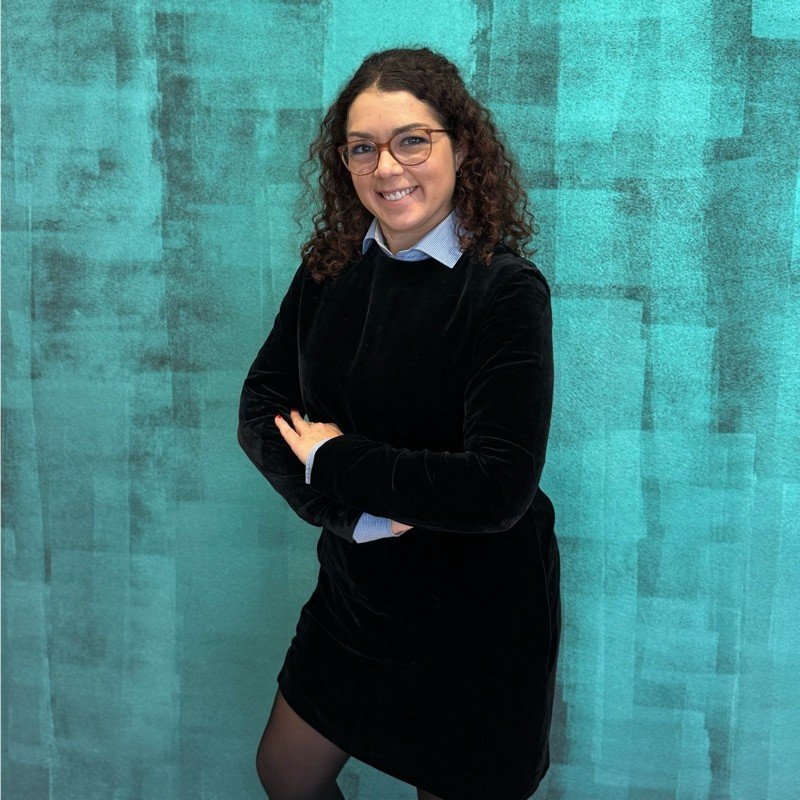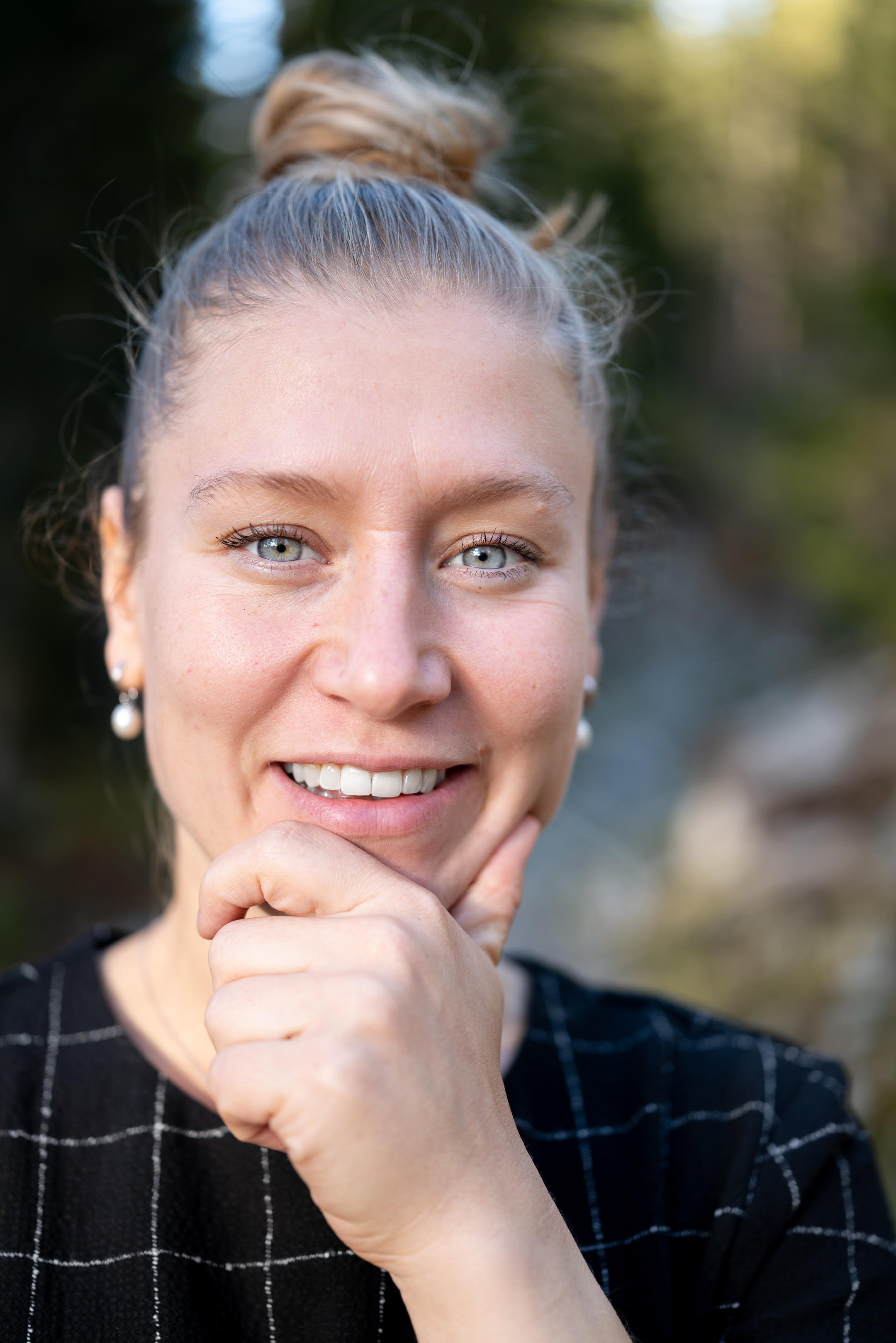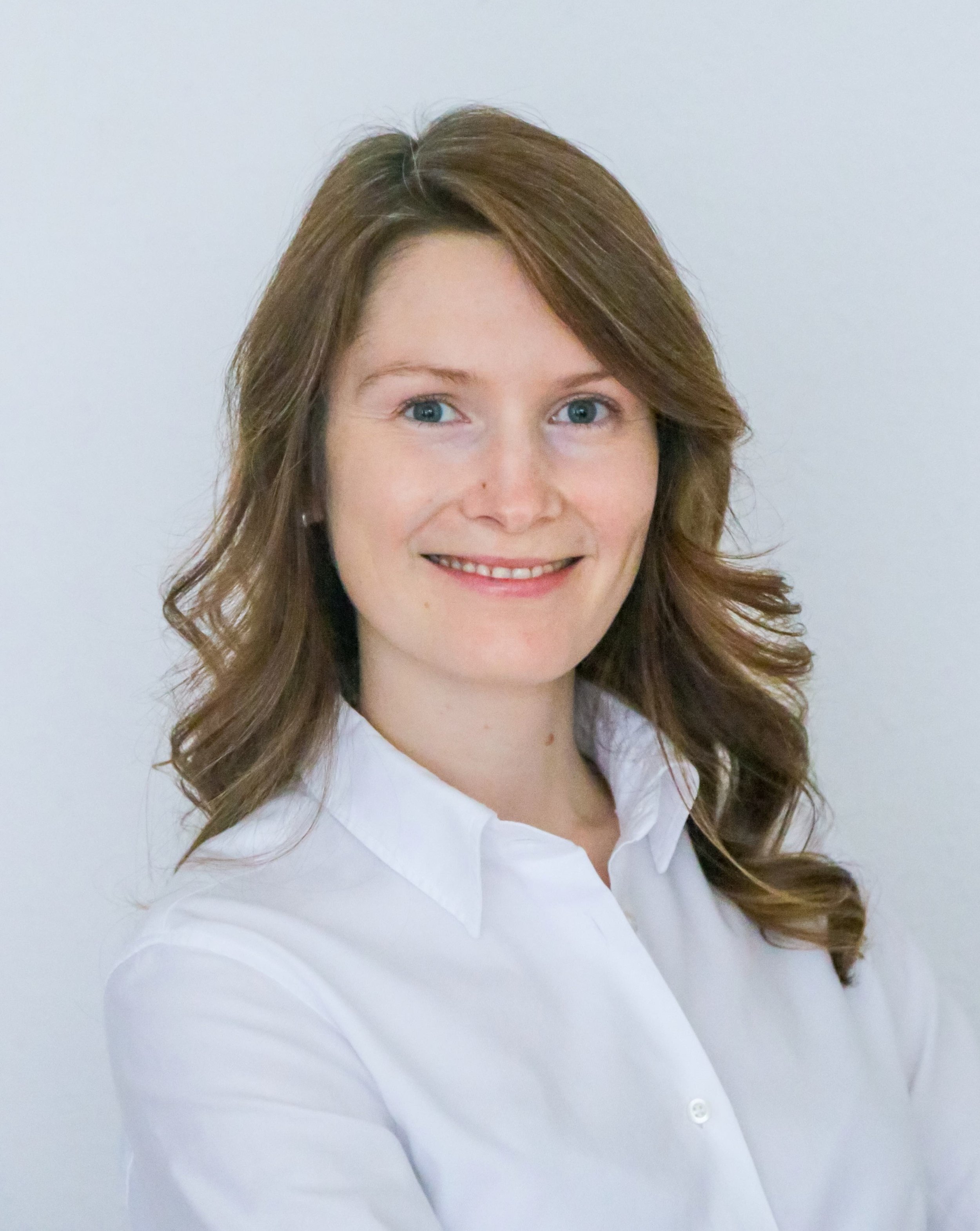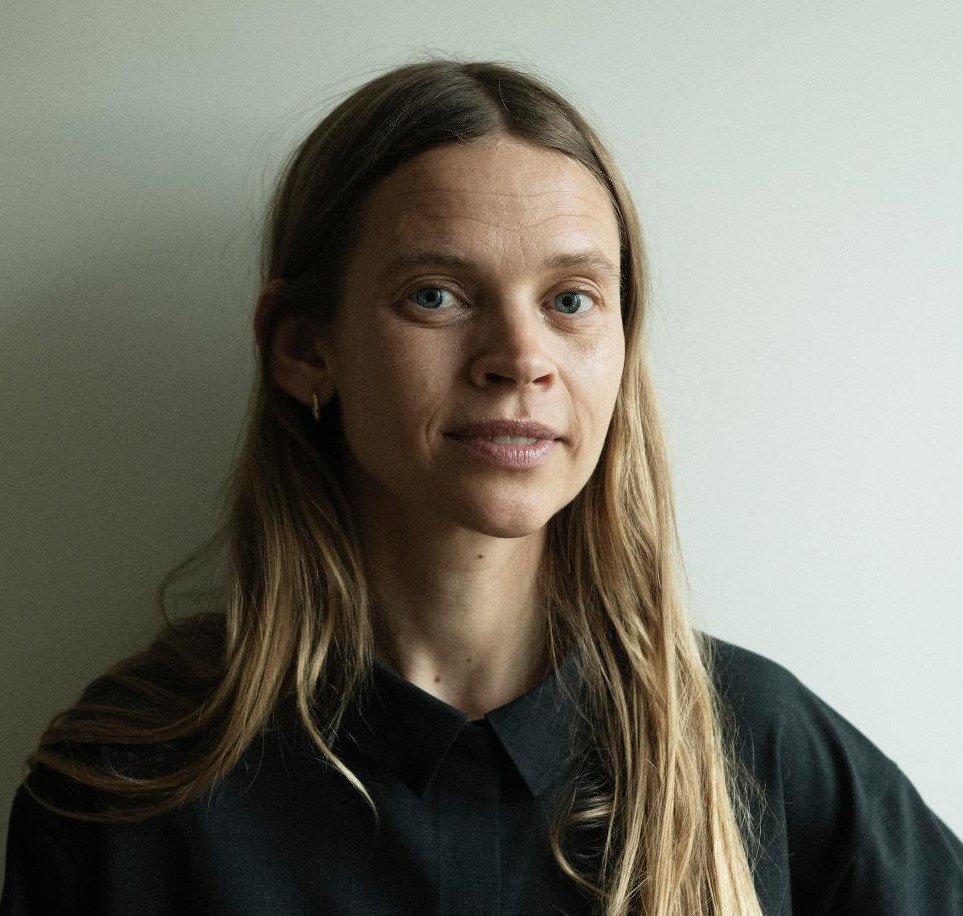PROGRAM
8:00
Registration
FRONT DESK
9:00
Opening words
MAIN FORUM
9:20
-
Research has shown that the biases present in our society can also be reflected in AI models or even be amplified by them. This poses risks when using these systems in practice. The BIAS project, funded under the Horizon Europe research program, investigates how this occurs in AI applications in the field of HR and in large language models. The project focuses on how these biases can be detected, how they can be reduced, or how to deal with them. It examines applications in various European languages and takes an interdisciplinary approach, incorporating technical, social science, and legal perspectives.
MAIN FORUM
9:55
-
Have you ever wanted to build a trillion-parameter labelling machine? And by that we mean, would you use a Large Language Model to solve a classification problem?
It’s an unlikely fit for an LLM. Classifiers typically need to be fast, accurate, and interpretable. LLMs are slow, random black-boxes. Classifiers need to output a single label. LLMs never stop talking.
And yet, there are good reasons to use LLMs for such tasks, and emerging architectures and techniques to do so. Many real-world use cases need a classifier—whether it’s their end goal or just a step in a larger process—and many data and product development teams will soon find themselves wondering, could GPT handle that?
If that sounds like you, then join Katherine Munro for a deep dive into how they’re tackling this issue while building a next generation conversational assistant at Switzerland’s largest telecommunications provider.
This talk will cover:
– why reducing language to labels is conceptually problematic, but practically useful;
– why classification with LLMs is a weird idea, but you might want to do it anyway;
– possible approaches and architectures;
– customer intent detection as a real-world use case;
– universal challenges, and our lessons learned so far;
MAIN FORUM
10:15
-
We’ll begin with a simple breathing rhythm: equal inhale and exhale (4:4), designed to help you arrive fully and sharpen your focus while staying grounded and calm.
MAIN FORUM
10:20
-
The climate crisis demands an urgent transition to renewable energy. However, despite the clear necessity, renewables are often viewed as financially risky due to their intermittency and market volatility. Investors hesitate, energy providers face uncertainty, and grid operators struggle to balance supply and demand.
Machine learning (ML) forecasting has the potential to transform the economics of renewable energy. Accurate forecasting helps integrate renewables more effectively, supports electrical grid stability, and informs energy trading decisions, making renewables not only viable but profitable. From predicting demand, supply, and prices to determining optimal battery charging and detecting unexpected maintenance needs, ML forecasting enables better decision-making across the entire energy sector.
However, building high-quality forecasting models is time-consuming and requires significant expertise. Scaling this approach to different markets, energy types, and regulatory environments would require an army of data scientists. By automating key steps like feature engineering, model selection, and hyperparameter tuning, AutoML streamlines the forecasting process, making it more robust and scalable. It also provides guardrails to help less experienced data scientists avoid common pitfalls while giving experts the flexibility to experiment with advanced strategies.
In this talk, Nadya Chernyavskaya will show how automated ML forecasting can accelerate the energy transition, making renewable energy a financially sound investment rather than a risky bet.
MAIN FORUM
10:40
Posters Presentations
MAIN FORUM
11:05
Coffee Break & Poster Session
FOYER / COFFEE LOUNGE / CORRIDOR
11:45
-
At the CERN Large Hadron Collider (LHC), high-energy proton collisions generate O(10,000) exabytes of raw data annually. To manage this immense data volume while adhering to computational and storage limitations, real-time event filtering systems must process millions of proton-proton collisions per second, utilising a staged system of FPGAs, CPUs and GPUs to perform efficient reconstruction and decision-making. Within a few microseconds, over 98% of the collision data must be discarded both rapidly and accurately. As the LHC transitions to its high luminosity phase (HL-LHC), these systems - situated in radiation-shielded caverns one hundred meters underground - will confront data rates equivalent to 5% of global internet traffic, combined with unprecedented data complexity.
To maintain data integrity for meaningful physics analyses, highly optimized machine learning (ML) algorithms are being employed for real-time data processing. This demands the development of novel methods and tools to achieve extreme throughput, ultra-low latency, and low-power inference on specialized hardware.
In this presentation, we will discuss how real-time ML techniques are employed to process and filter vast amounts of data, enhancing physics signal acceptance. We will explore state-of-the-art methods for designing and deploying high-speed ML algorithms on FPGAs, ASICs, and GPUs. Lastly, we will examine the applications of real-time inference in particle physics experiments and its critical role in facilitating the discovery of New Physics.
MAIN FORUM
12:20
-
Robotics is considered the next frontier of AI – advanced mechanical systems from dogs to humanoids are available in abundance, their movements can be controlled in an adaptive way, computer vision and AI seem to have tackled the crucial perception tasks of object detection and recognition. How close are we, however, to robots helping us with everyday chores, assisting elderly or people in physically straining jobs?
In this talk Prof. Dr. Yulia Sandamirskaya will argue that there are two pathways to develop robots capable to work next to humans. One includes a hybrid approach, combining data-driven, pre-trained models with classical robotic algorithms that use known geometry, dynamics, and control rules. The second one draws deep inspiration from biological neural systems and brains and offers a new computational framework that may change how computers are built and programmed in a radical way.
Prof. Dr. Yulia Sandamirskaya will present the field of neuromorphic computing that has been working on such novel computing systems for decades and envision the future in which such systems enable smart, efficient, and useful robotic helpers.
MAIN FORUM
12:40
-
This session delves into cutting-edge AI advancements with diffusion models for optimizing automated visual inspection (AVI) processes in manufacturing. Topics include AI conception, U-Net architecture for biomedical image segmentation, dataset acquisition for image generation, and the use of high-resolution images such as Dengue vaccine vials.
Discover key concepts like denoising diffusion probabilistic models (DDPMs) and their practical applications, along with innovative evaluation methods for diffusion models and LLMs. Learn how these advancements are made to transform AVI processes for injectable pharmaceutical products, paving the way for enhanced precision and efficiency in the industry.
Don’t miss this presentation that outlines groundbreaking AI innovations and future opportunities in revolutionizing pharma manufacturing!
MAIN FORUM
13:00
Lunch Break
FOYER / COFFEE LOUNGE / CORRIDOR
14:30
Harnessing Data Science for a Healthier Individual and Society (Panel Discussion)
MAIN FORUM
15:20
-
This afternoon pause uses Square Breathing (4:4:4:4) to calm the nervous system and re-center the mind. It’s especially helpful to reset after a long stretch of mental activity.
MAIN FORUM
15:25
Mentorship Tables
FOYER / WORKSHOP ROOMS
16:10
Break
FOYER / COFFEE LOUNGE / CORRIDOR
16:25
-
In this keynote I am going to talk about AlphaFold -- an artificial intelligence system that accurately predicts protein structures from amino acid sequences. This system achieved unprecedented accuracy in the 14th Critical Assessment of Protein Structure Prediction (CASP14) in 2020, revolutionised the field of structural biology, and it was recognized with the Nobel prize in Chemistry in 2024. I will start my talk with a brief intro about proteins. As a machine learning expert with no biological background, I found it important to understand the key concepts to make ML progress.
Then I am going to talk about the model architecture, which is described in full detail in our Nature paper “Highly accurate protein structure prediction with AlphaFold”. Finally, I will draw parallels with the NLP world that had been my research area before joining the Science team at Google DeepMind.
MAIN FORUM
17:00
-
Natural catastrophes, such as flood, storms, wildfire and earthquakes represent a leading cause of destruction, fatalities and economic losses worldwide. While large earthquakes are relatively rare compared to the other perils, they are still among the costliest natural disasters.
One of the mechanisms to mitigate the impact of earthquakes is through risk-transfer, where part of the losses is covered by a third party, typically an insurance or reinsurance company. It's therefore crucial for us, to have a good understanding of the seismic risk and expected losses due to earthquakes in the different regions.
Science has made huge steps in the last decades. Thanks also to the availability of new and better data, current seismic risk models have become quite sophisticated. However, the larger magnitude, loss-causing earthquakes have return periods of tents to hundreds of years and this keeps the modelling of their expected losses quite challenging.
In this presentation, I will show the key steps and components of a seismic risk model, how we use data to build and calibrate it and how this informs the re-insurance business.
MAIN FORUM
17:20
-
To close the day, we’ll drop into a short body awareness practice to bring you out of the head and back into the body. A gentle body scan to help integrate everything you’ve taken in.
MAIN FORUM
17:25
Closing Remarks & Prize Distribution
MAIN FORUM
17:45
Group Photo
FOYER
17:50 - 20:00
Apero & Networking
FOYER
Tickets are sold out.




















